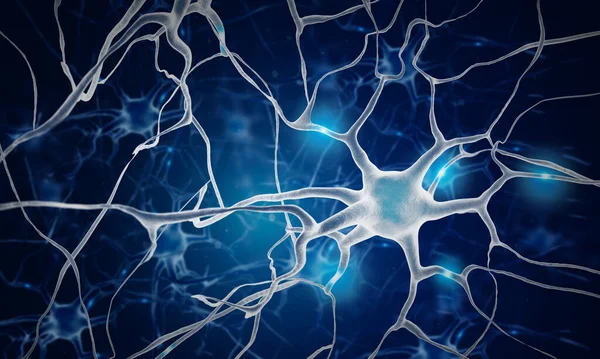
Can a meal of living brain cells truly surpass the latest artificial intelligence and may a star’s suicidal bid to devour a black hole redefine stellar demise? Breakthroughs in neuroscience, astrophysics, and medical science hint that the answers are rewriting several scientific boundaries simultaneously.
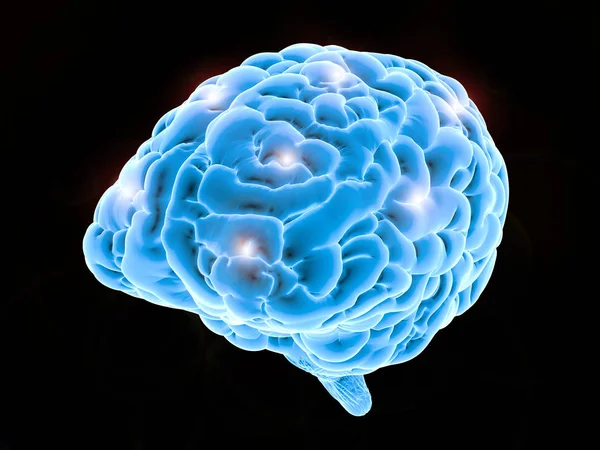
1. Biological Computing Outpaces Machine Learning
In Melbourne, scientists at Cortical Labs have shown that neurons grown in the lab are capable of learning quicker and adapting more effectively than the latest deep reinforcement learning (RL) algorithms. Their DishBrain platform combines live cultures of human stem cells with high-density multi-electrode arrays to record and stimulate electrics in real-time in closed-loop environments like a Pong simulation.
By inserting high-dimensional spiking activity into low-dimensional spaces, the group separated “rest” and “gameplay” states and uncovered dynamic network reconfigurations. “These weren’t simply statistical differences; they were actual, functional reorganizations that tracked with improvements in task performance over time,” said Cortical Labs’ Moein Khajehnejad.
When compared to RL algorithms such as DQN, A2C, and PPO under the same limited-sample situation, the neural cultures performed better than their silicon counterparts. As Forough Habibollahi described, “While artificial agents typically take millions of training steps to improve, these neural cultures learn much quicker, rearranging their activity based on feedback.” The discovery reinforces the argument for Bioengineered Intelligence as a computational substrate one that may potentially be more efficient and flexible than traditional AI.
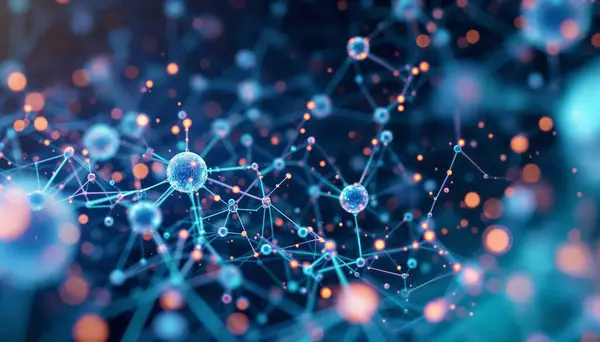
2. Neural Plasticity as a Computational Resource
The strength is biological plasticity. Living neurons display synaptic reweighting, dendritic reorganization, and spontaneous activity patterns that maximize information flow in manners artificial systems have yet to emulate. The CL1, Cortical Labs’ market-ready biological computer, takes advantage of these characteristics, executing a Biological Intelligence Operating System (biOS) to leverage adaptive learning for possible uses in neuroscience research, biomedical simulation, and high-end computing.
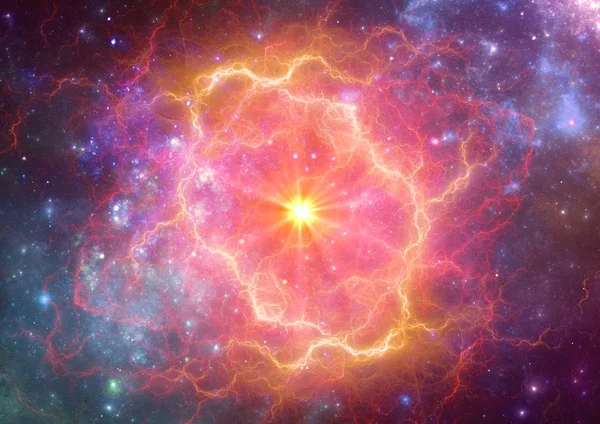
3. A Star’s Deadly Confrontation with a Black Hole
In July 2023, the Zwicky Transient Facility identified SN 2023zkd, a supernova at 730 million light-years away. Initially ordinary, it was marked months later by the Light curve Anomaly Identification and Similarity Search (LAISS) artificial intelligence as unusual. Observations in follow-up identified a novel double-peaked light curve and record-breaking four-year pre-explosion brightening phase. Interpretation by the team from the Young Supernova Experiment indicates an “instability-induced merger” between a black hole companion and a massive star. “Our analysis indicates that the blast was triggered by a calamitous interaction with a black hole companion, and is the best evidence so far that the close interactions can really trigger a star,” wrote lead author Alexander Gagliano.

4. The Physics Behind the Double Peak
Archival observations showed two separate precursor stages. The initial one, which lasted about 1,500 days, probably originated from polar gas ejections that were under gravitational tension. The second, a one-year ramp-up, possibly occurred as a result of swift accretion onto the black hole due to spiraling in. The primary supernova shockwave initially hit the low-density gas of the last ramp-up, and later, after several months, it ran into a dense, disk-shaped cloud of earlier ejections the source of the second peak in brightness.

5. Simulating Extreme Stellar Encounters
Astrophysical simulations reveal that the mergers are possible when orbital energy loss, either through mass transfer or gravitational wave emission, brings the bodies to catastrophic proximity. In certain models, the black hole is engulfed partially before tidal forces cause the destabilization of the core of the star, leading to collapse. Another possibility is the full tidal disruption with debris accretion that produces observed emissions. Both result in a more massive black hole.

6. AI’s Expanding Role in Astronomy
The discovery underscores the growing synergy between AI and observational astronomy. Without LAISS’s anomaly detection, the unique pre-explosion behavior might have been overlooked. As facilities like the Vera C. Rubin Observatory prepare to scan the sky every few nights, real-time AI analysis will be critical for identifying rare, short-lived phenomena in vast datasets.

7. Depression Risk in Vitiligo: A Measurable Disparity
Meanwhile, a large-scale NIH study has quantified the elevated risk of depression among vitiligo patients, revealing significant racial disparities. Using data from 1,087 patients with vitiligo and 5,435 controls, researchers found a 40% depression prevalence in vitiligo patients versus 29.2% in controls. Black patients with vitiligo had an adjusted odds ratio of 2.33 for depression; Hispanic patients had an odds ratio of 1.87.
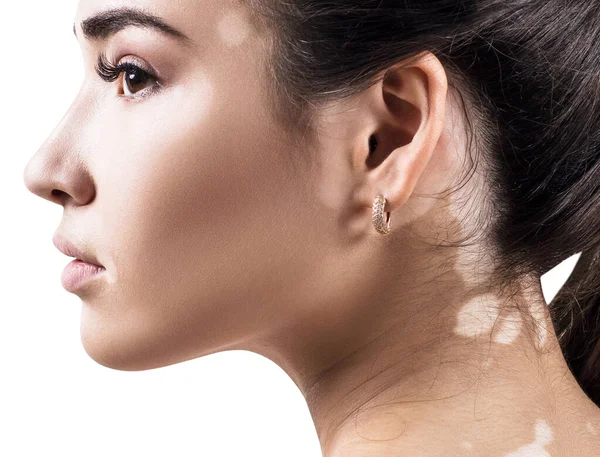
8. Psychosocial and Biological Dimensions
Vitiligo, a melanocyte-loss autoimmune disease, affects 0.5–2% globally, yet disproportionately affects psychosocial outcomes. The depigmentation can become stigmatizing, and patients experience reduced self-esteem and social withdrawal. Up to one-quarter of patients have been found to meet standards for clinical depression, with as high as 35.8% experiencing anxiety. Visibility of the lesions, gender, and cultural beauty standards enhance the burden.

9. Integration of Dermatology and Psychiatry
Experts recommend dermatology-psychiatry collaborative care, especially for high-risk patients. Culturally competent interventions, regular mental health screening in dermatology clinics, and health education campaigns could reduce stigma and enhance outcomes. As the literature on psychodermatology stresses, having access to treatment for both the biological and emotional aspects of skin disease is important for holistic care.
From a dish of neurons beating out algorithms, to AI capturing a star’s death spasms in real-time, to the quantification of psychological health inequalities in autoimmune skin disease, these breakthroughs illustrate the entwined future of biology, computation, and observational science.

